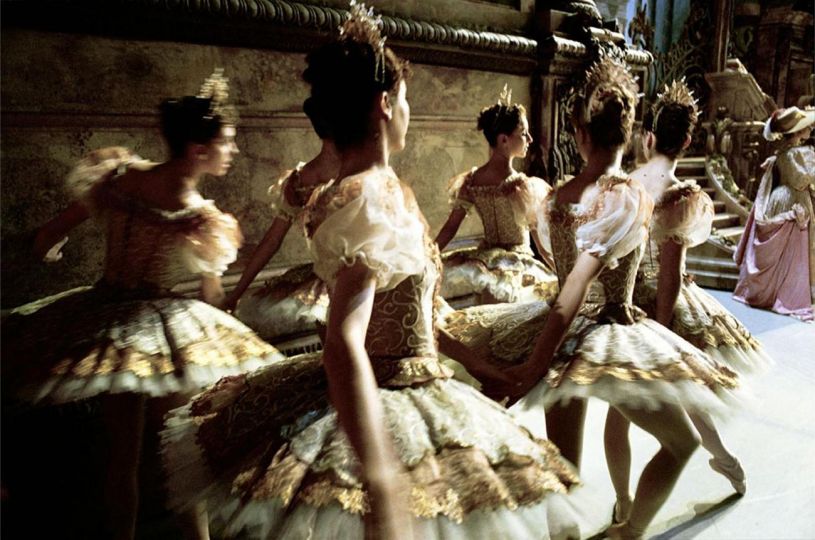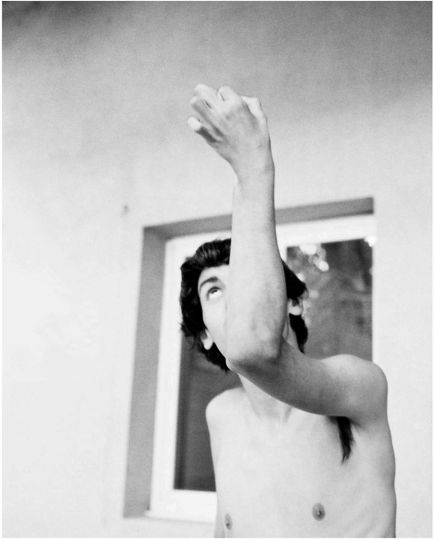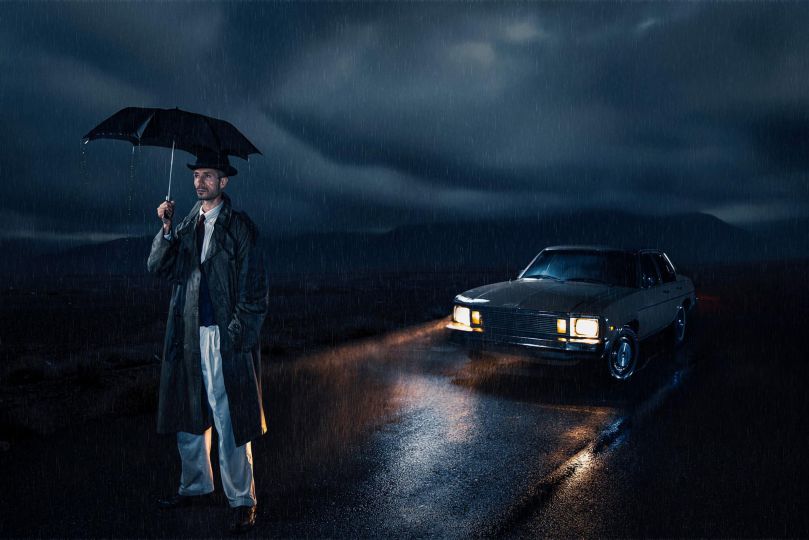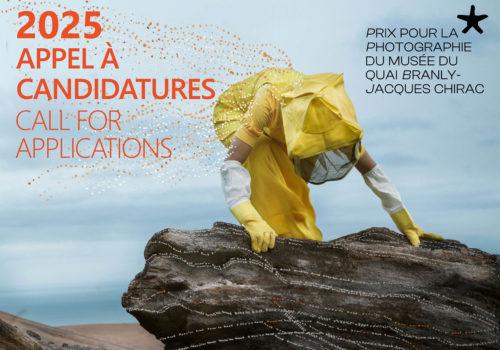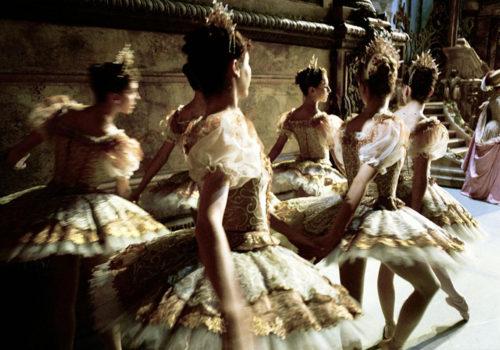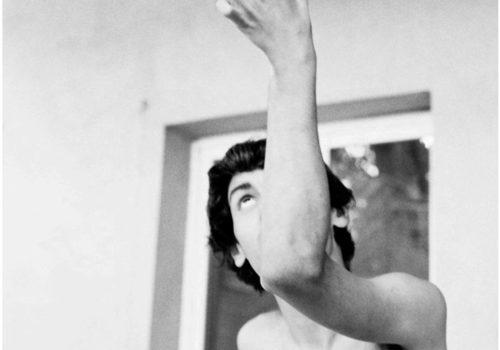Since his beginnings, in the middle of the 1970s, James Casebere has been making objects which he then photographs. These objects, in themselves, have no importance because the artist, who does not define himself as a photographer, also does not define himself as a sculptor. No matter the care taken in the construction of these models, the only value he attaches to them is that they allow him to continue the process of producing images and photographic tableaux. James Casebere belongs to that generation – which was never a school but more like a movement – that stages the world with a view to producing images that have no documentary pretensions. In large formats destined to be exhibited in museums and contemporary art galleries, his works quickly centred on architectural motifs with a symbolic and metaphysical significance. He makes private and public spaces confront each other, questions the sacred and, in his most recent works, questions housing and its conventions. Although his references are mainly American artists (Gordon Matta-Clark, Robert Smithson and Michael Heizer, to name just a few), he readily quotes philosophers and filmmakers, from Gaston Bachelard to Jean-Luc Godard. For him, the work of the artist is that of a philosophy in action, whether it questions prison spaces or the masterpieces of religious Islamic architecture. This work is an interrogation of the imaginative worlds presiding at the creation of monuments and spaces and the imaginative worlds that these produce on those who practice them, endure them or contemplate them. His works converse with the Abbaye de Montmajour, where they will be presented, questioning the site’s function as much as its tonalities. By choosing to install the creations of Israeli artist Absalon in the same spaces, the dimension, in what is most fundamental and elementary about it, of man brought back to his body, his economy, unspoiled, is introduced. In an exceptional setting, imbued with meaning, two artists as radical as they are exacting offer us a philosophy lesson for today.
Christian Caujolle, curator.
Exhibition produced by the Centre des Monuments Nationaux, with the support of the Daniel Templon gallery, Paris.


